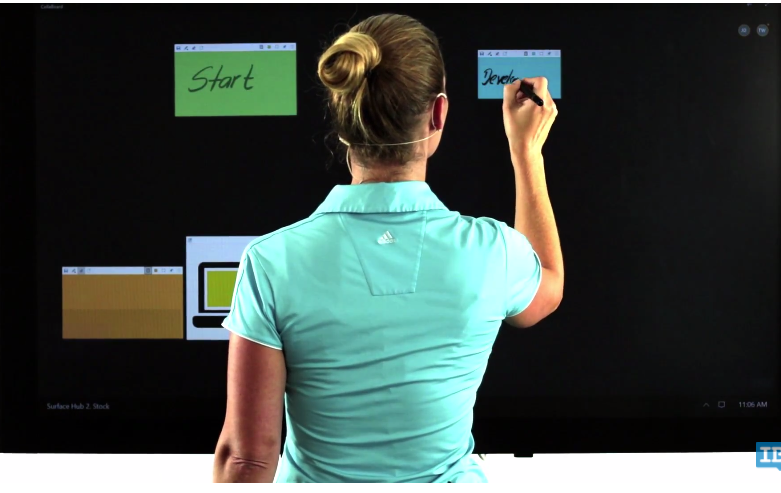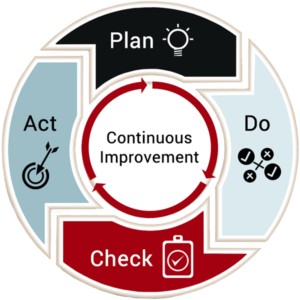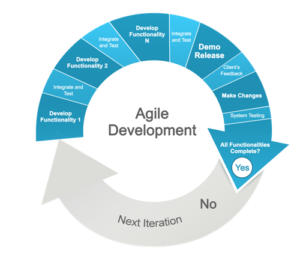First off, Agile Methodology is not really a methodology but rather a set of core values and principles to approach software development in a different way.
Agile usually refers to software development but it can also be applied to other processes and activity/empirical approaches.
There are 2 ways to approach it: through a particular practice or through a workflow like Scrum for example.
As this is not really a technical post, we are going to focus on the second one as this is the most common and mostly used in different areas of an organization.
A lot of teams adapted themselves with some sort of agile concepts to work better together. As the meeting room is rapidly changing with its digital transformation an important question is what software and hardware tools we should use to be able to work with efficacy through these agile methods?
The practice of applying Agile in software development and, in general, in building workflow processes is a completely new way to approach tasks and responsibilities.
It focuses on a number of key steps in order to make it work correctly:
1) Iterative, incremental and evolution-wise
The idea here is to break down product development into small steps to minimize the initial efforts (somehow similar to the “Kaizen Way“)
2) In-Person Communications
Agile means meeting in person. And especially cross-teams work needs to be synced, on a regular basis, through the help of a Scrum Master.
This is, in my opinion, the most important factor and a key role as it involves talking with the customer, gather feedback and act as a conduit between the development, the product manager and the customer.
We will focus on this particular point to apply some basic principles moving forward.
A question you may ask yourself here is how a modern Scrum Master will do his/her meetings with dispersed teams which will bring less travelling but meet more frequently in a digital environment?
3) Quick adaptive cycles
It’s important to do daily syncing in short sessions where the teams also discuss sprints, roadblocks and status updates.
This is also applied to other business metrics, especially when it comes to measure the ROI of a specific activity/project.
When I was working for Microsoft, we tracked every activity/project by using an adaptive approach through regular meetings and that included a sort of a board that helped the teams to work together especially on worldwide projects.
This also helped us to provide regular weekly status updates to our managers to track the status of a project.
4) Quality first
I think this one speaks for itself. Specifically, it also refers to regular quality product releases so to enable the communication flow among the stakeholders.
From a higher perspective, Agile put Software and Communication first rather than building documentation that can be outdated at some point.
In our video below, we explain a little bit about it:
This outcome, the workflow process Tamara designed, will enable us to then build our own Scrum Board.
In the next post, we will be talking about Scrum so basically the outcome that the Scrum Master usually shows to all the stakeholders involved including the developers and the customers.




